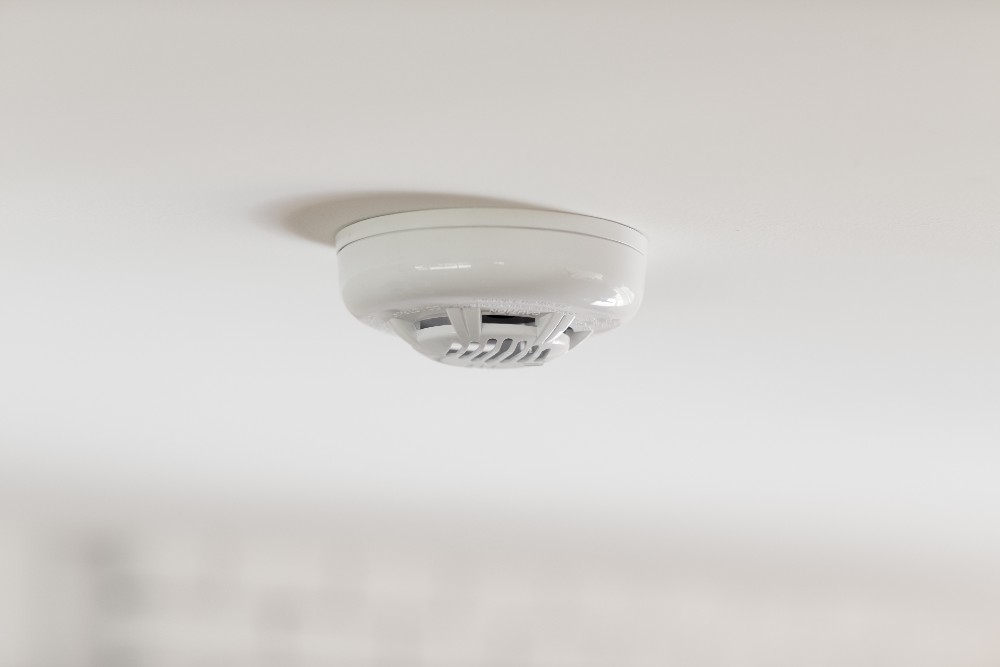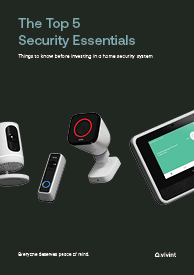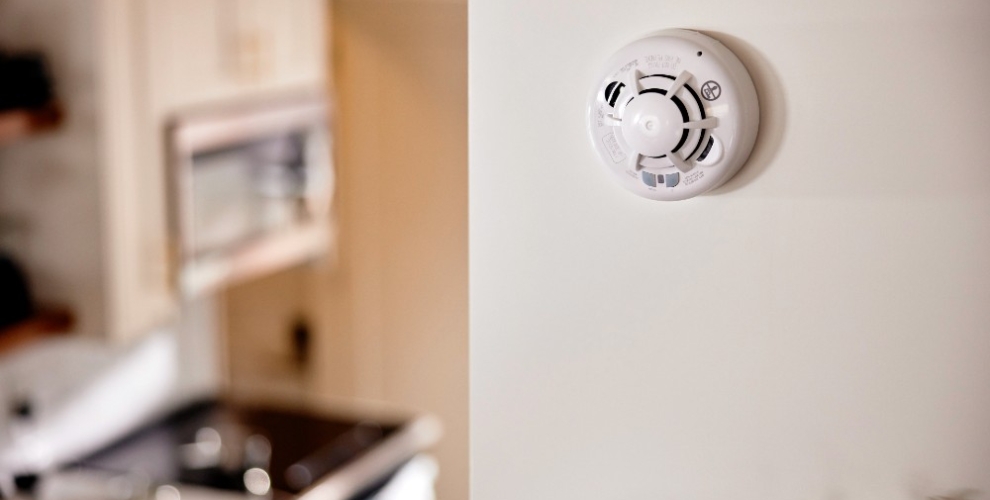Without a carbon monoxide detector, it’s almost impossible to tell when carbon monoxide (CO) gas is in your home. And by the time you realize it’s there, it’s often too late. When it comes to carbon monoxide detection, you want the most reliable equipment possible.
Something you may not have considered is that where homeowners place their equipment can be just as important as the quality of the devices they purchase. In this guide, we provide an overview of what carbon monoxide is and explain what you need to know about carbon monoxide detector placement to get maximum protection from your device.

About carbon monoxide in your home
Carbon monoxide is a toxic gas that comes from many of your home’s appliances. It has no smell or color. If you don’t have a CO detector installed, the only way to know it’s there is when you start getting sick from it.
Even then, many of the symptoms of carbon monoxide poisoning that build up — symptoms like dizziness, weakness, and vomiting — are similar to those of the flu, so you may not recognize the symptoms for what they are. And while taking a nap is a good way to fight the flu, it can be risky when you have carbon monoxide poisoning.
Carbon monoxide gas is dangerous to both humans and animals. When carbon monoxide is in your environment, you should get out immediately, move to an area with better air quality, and call 911. Emergency workers will identify where the carbon monoxide is coming from and tell you when it’s safe to return to your house.
The National Fire Protection Association (NFPA) has a full list of symptoms related to dangerous levels of CO poisoning listed on its website.
Where does carbon monoxide come from?
In your home, carbon monoxide is a byproduct of appliances that burn natural gas for fuel. A number of things in your home can be sources of carbon monoxide. They include:
- Water heaters
- Grills
- Furnaces
- Fireplaces
- Gas stoves
- Power tools
- Dryers
- Exhaust from vehicles
- Generators
Does carbon monoxide rise or stay low?
When placing your CO detectors, keep in mind where carbon monoxide gas tends to settle in the air. Because CO is slightly less dense than air, it rises. It then can cause CO poisoning because it stays in the air over an extended period.
What to do when your CO alarm goes off
So what do you do if your alarm goes off? First of all, don’t ignore the beeping coming from your alarm.
The sensors in carbon monoxide alarms respond based on the concentration of CO in the air—the higher the concentration, the faster the alarm will respond. For low levels of carbon dioxide, it might take the alarm an hour to sense and respond. If levels are high, the alarm detects them in as little as four minutes. High levels of exposure can bring symptoms quickly, so it’s important to take action.
If your alarm sounds and you or your family members are experiencing symptoms, you should:
- Immediately vacate your family and pets from the home and into fresh air.
- Call 911 from your cell phone or a neighbor’s home.
- Do not go back into your home until emergency responders have declared it safe.
If your alarm sounds and no one in your home is experiencing symptoms, you should:
- Open the windows and doors to let air circulate to avoid carbon monoxide poisoning.
- Turn off possible sources of carbon monoxide, like space heaters or gas appliances.
- Call the fire department to come and inspect the problem.



